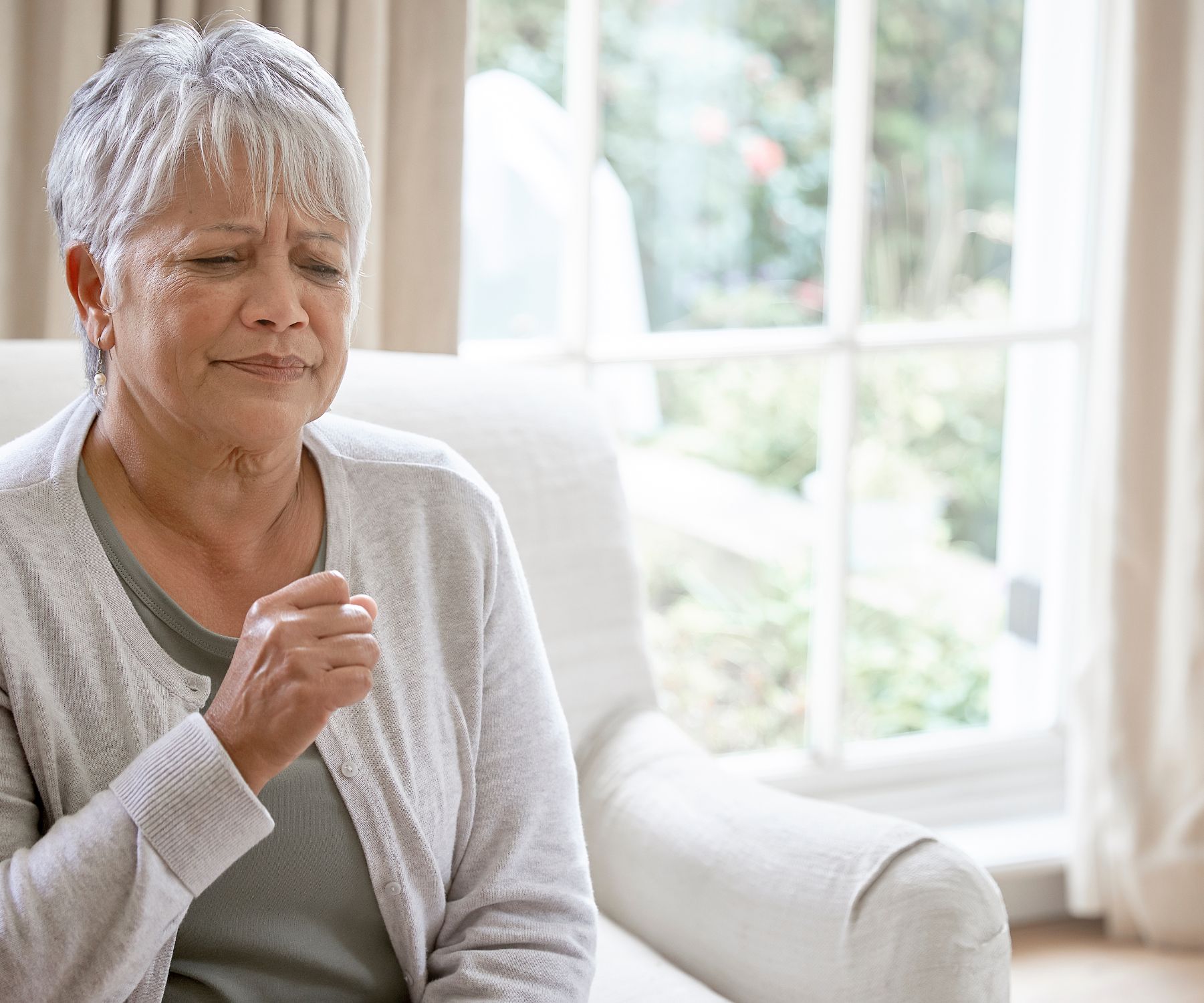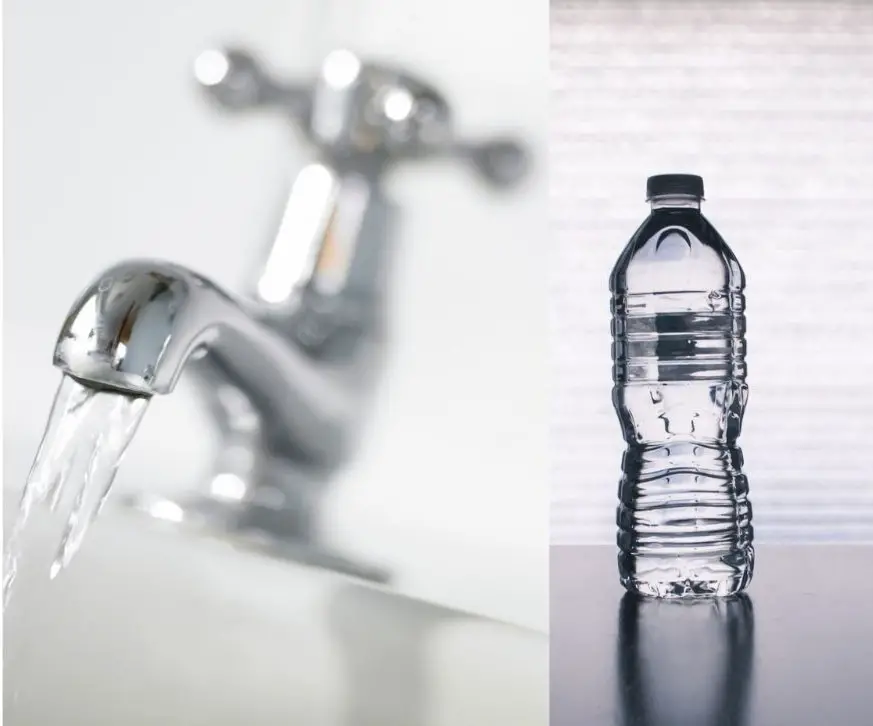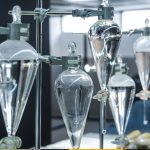Table of Contents
Can a Humidifier Cause Pneumonia?
Using a humidifier can potentially increase the risk of pneumonia, but it primarily depends on how the humidifier is used and maintained. If not cleaned properly, humidifiers can disperse harmful particles or microorganisms into the air, which can be inhaled.
This includes bacteria and fungi that thrive in moist environments. These microorganisms can potentially lead to respiratory infections or exacerbate existing health conditions.
It’s essential to regularly clean and disinfect your humidifier to minimize this risk. Using distilled or demineralized water instead of tap water can also help prevent the buildup of minerals and the growth of microorganisms.
Take a look at a couple of these research statements.
According to NIH, the National Library of Medicine” the indoor size of allergenic mite and fungal populations is directly dependent upon the relative humidity”.
Also: ” The majority of adverse health effects caused by relative humidity would be minimized by maintaining indoor levels between 40 and 60%.”
Another study from Sciencedaily.com states” when you sneeze and cough those smaller infectious aerosols can stay suspended in the air for longer.
That increases the exposure for other people. When the air is humid and the aerosols are larger and heavier they fall and hit surfaces quicker”.
The fact is that the viruses, bacteria, and fungi that cause pneumonia and other airborne transmitted illnesses cannot transmit nearly as easily when the humidity is kept between the ranges 40% and 60%.
But as you may have noticed, we put the emphasis on “properly” and “accurately” and the opening sentences of this article.
Because there are instances where humidifiers can be responsible for transmitting germs and fungi that can cause pneumonia type symptoms.

When can a Humidifier Cause Pneumonia?
A humidifier that is not properly maintained and that is operated when stagnant water has been allowed to sit in the humidifier before using it can transmit bacteria into the air.
When that air is inhaled, certain bacteria and mold spores can cause pneumonia-like symptoms.
Legionnaires disease, Pontiac fever, and humidifier lung are all illnesses caused by inhaling bacteria growing in water.
The symptoms associated with these illnesses all look suspiciously close to the symptoms that occur with pneumonia.
Fever, achy muscles, headaches, post nasal drip, coughing and sneezing, to name a few.
The dichotomy is that the same device that can help prevent the transmission of bacterial viruses is also the same device that can cause them when used wrongly.
The important takeaway is that a humidifier must be cleaned thoroughly and often to avoid any risk of it becoming a catalyst for airborne fungi and toxins.
And the truth is, it is very simple to clean a humidifier.
We suggest soaking the humidifier in vinegar once a week or so to ensure that there is not a chance of bacteria and mold taking root and becoming a problem. You can step up the process by purchasing “cleaning vinegar” which is about 25% more acidic than distilled.
How to Thoroughly Clean a Humidifier.
The process is simple.
1. Disassemble the humidifier
2. Fill the basin with a cup of vinegar and water, swish it around well and then let it soak for at least 20 minutes.
3. Soak all the smaller pieces from the humidifier in a bowl of vinegar for 20 minutes also.
4. Rinse it all out with warm water and allow it to dry completely before use.
New Humidifier Innovations
Humidifiers have moved on past the standard basic misting units that we are accustomed to seeing in drug stores.
Humidifiers in the modern age come with everything from hygrometers to measure your humidity and the capacity to switch back and forth between a vaporizer and a cool mist humidifier.
Luxuries like being able to fill the humidifier from the top as well as working as aromatherapy diffusers are also part of the norm of this new breed of humidifiers. Top Fill Humidifiers
And one of the most exciting features and innovations that is starting to creep up in the market is the use of different technologies to reduce the ability of mold and bacteria from growing in your humidifier.
A couple of these technologies are ultraviolet light and mode resistant plastic.
1. Ultraviolet light or UV for short is used in many industries to cool bacteria including targeting mold and fungi in aquariums and also as a way to disinfect Combs and scissors in barber shops.
The jump to humidifiers only makes sense. Some humidifiers that employ ultraviolet light like the Dyson model claim that they reduce mold and bacteria inside of a humidifier by as much as 99%. Pretty incredible.
2.Another exciting innovation being used in humidifiers is in the actual materials that the humidifier is made from. What I’m talking about is mold resistant plastic.
Imagine a humidifier made from materials that actually resist the formation of mold and bacteria. Also pretty Incredible.
3.Other innovations include additives that you place right into the water of a humidifier. Aqua stick is a product that you place right into the basin of your humidifier similar to putting a cleaning pod into the back of your commode.
Though it does not boast a 100% kill rate, it can reduce the chance of mold and bacteria from taking root in your humidifier for up to 90 days.
A good alternative to purchasing a new humidifier.
Can a Humidifier Cause Pneumonia?
“Yes a humidifier that is operated when standing water has been sitting in it can transmit bacteria and fungi into the air that can create symptoms of pneumonia.”
Diseases like Pontiac fever, humidifier lung, and legionnaires disease all originate from the inhalation of bacteria that is growing in water.
For this reason, keeping a clean humidifier is a must and should not be taken lightly.
On the flip side, a well maintained humidifier that is being operated when the condition of dry air ( below 40% humidity) is met can reduce the spread of the viruses, fungi, and bacteria that cause pneumonia.
Studies have shown that viruses are not able to travel nearly as far when the proper humidity level is kept.
According to PubMed, most species of fungi cannot grow unless the relative humidity exceeds 60%. Airborne transmitted infectious bacteria and viruses has shown that the survival or infectivity of these organisms is minimized by exposure to a relative humidity between 40 and 70%.
Frequently Asked Questions -Humidifiers and Pneumonia
- What is the ideal indoor humidity level to prevent respiratory infections?Keeping indoor humidity levels between 40% and 60% is generally recommended to minimize the risk of respiratory infections.
- Can all types of humidifiers increase the risk of pneumonia?Any type of humidifier can potentially increase the risk if not cleaned properly, as stagnant water can harbor harmful microorganisms. However, the risk varies depending on the humidifier’s design and maintenance.
- How often should I clean my humidifier to prevent bacterial growth?It’s best to clean your humidifier at least once a week and more frequently if it’s used daily.
- Can I use tap water in my humidifier?Using distilled or demineralized water is recommended over tap water to prevent mineral buildup and reduce the risk of microbial growth.
- What are some signs that my humidifier might be making me sick?Symptoms may include coughing, sneezing, congestion, or worsening asthma or allergies. If you notice these symptoms, check your humidifier for cleanliness and proper function.
- What is humidifier lung, and how is it caused?Humidifier lung is a type of hypersensitivity pneumonitis caused by inhaling airborne particles from contaminated humidifiers, leading to inflammation of the lungs.
- Can ultraviolet (UV) light humidifiers reduce the risk of pneumonia?UV light humidifiers can reduce the risk by killing bacteria and viruses in the water, but they still require regular cleaning and maintenance.
- What should I do if my humidifier has a moldy or musty smell?Disassemble and thoroughly clean all parts of the humidifier. If the smell persists, it might be best to replace the unit or seek professional advice.
- Are there any health risks associated with overusing a humidifier?Overusing a humidifier can increase humidity levels above 60%, encouraging the growth of mold, dust mites, and bacteria, which can lead to respiratory issues.
- How can I ensure my humidifier doesn’t become a health hazard?Regularly clean and disinfect your humidifier, use distilled water, and monitor indoor humidity levels to ensure they remain within the recommended range.








